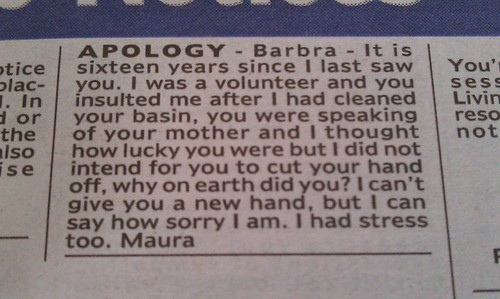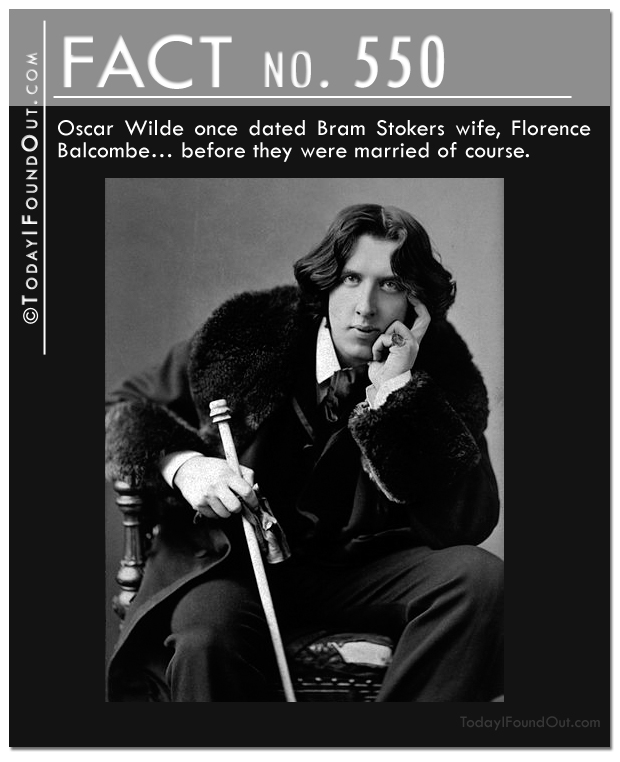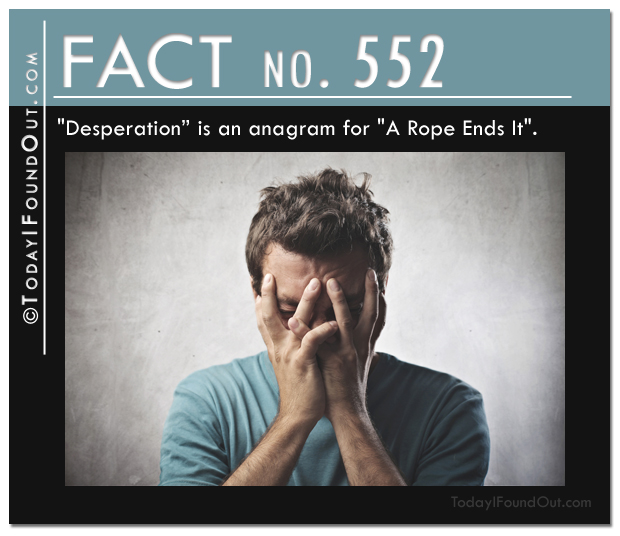Looking into the background of the idea that modifiers are immoral, I read Richard Lanham's Style: An Anti-Textbook (available as an ebook from amazon and google), and found this description of writing instruction:
What we have now is a tedious, repetitive, unoriginal body of dogma—clarity, sincerity, plainness, duty—tarted up every week in a new, disposable paperback dress. The dogma of clarity, as we shall see, is based on a false theory of knowledge; its scorn of ornament, on a misleading taxonomy of style; the frequent exhortations to sincerity, on a naïve theory of the self; and the unctuous moralizing, on a Boy Scout didacticism.
I can't resist quoting Lanham at greater length — though you should keep in mind that his book dates from 1974:
[I]t is not earnestness that composition texts lack. It is joy. Their earnestness lies upon the spirit like wet cardboard. The moral imperative above all characterizes these texts, a bizarre class of endeavor which, as I made my way through them, spontaneously christened themselves “The Books.”
Good prose, The Books tell us, is a duty. Their conception of prose is utilitarian and moral. If language is the means of conscious life, then Good Prose, like Cleanliness, must stand next to Godliness. This perpetual moralizing about language haunts all modern writing about style. [...]
Thus in The Books, in most writing about style, the imperative mood prevails. Here is a list of exhortative chapter headings from one of The Books:
Do not take yourself too seriously
Consider your readers
Make your writing talk
Be a good mechanic
Sharpen your thesis
Believe in your thesis
Build your essay in three parts
What can you say? What can you ever say to Polonius? A student, if he is on scholarship or has an ambitious mother, may actually try to earn all these merit badges. But if he has any spirit, he’ll murmur a well-chosen four-letter word and go out and get stoned. Or if he is exceptionally thoughtful, he may explore the contradictions embedded in these commandments:
What is “too seriously”? Why three parts? How can I believe in a thesis obviously hoked up for English 1? Write from a suitable design? You might as well say “Be intelligent.” In fact that’s what all The Books’ mottoes come down to, isn’t it? Why not just pass out wall plaques reading “Don’t Screw It Up Again!”
Students of style are bombarded with self-canceling clichés. Here’s a quintessence taken from The Books published in the last hundred years:
Be plain; Avoid “fine writing”
Avoid bluntness; Articulate your sentences gracefully
Make your writing spontaneous
Revise!
Be yourself
Imitate the masters
Write from your own experience
Read widely (“A man will turn over half a library to make one book,” Samuel Johnson is repeatedly quoted as saying)
Make an outline
Don’t over-outline
Be serious without being stuffy
Study spoken speech
Writing and Speaking are different things
What the prose writer needs is a temperament nicely balanced between the sprightly and the phlegmatic, a lively mind and a deliberate judgment. His ideas will flow easily, but not too impetuously.
And, on a larger scale, Dickens and Buffon advise that writing talent is an infinite capacity for taking pains. Edward S. Martin disagrees: “I don’t think writing can be taught much beyond the rudiments. The rest of it seems to come from the teacher who runs the singing classes for the birds.” All this advice, totaled up, yields “Nothing succeeds like success.” “Success,” of course, is never specifically defined. Sir Herbert Read, in English Prose Style, writes:
But is there an abstract entity, an absolute or “pure” style, to which all styles approximate, or against which all styles are judged? I think there probably is, but it follows from my definition of prose that such a style can never be defined. (p. xii)
This difficulty doesn’t bother Sir Herbert as much as it ought to. For it exposes what we might call the Fallacy of Normative Prose. All prose style cherishes a single goal, and that goal is to disappear. The aim is the same for all: clarity, denotation, conceptual fidelity. The imperative of imperatives in The Books is “Be clear.” The best style is the never-noticed. Ideally, prose style should, like the state under Marxism, wither away, leaving the plain facts shining unto themselves.
One of the difficulties Freshman Composition has faced, then, though The Books take no notice of it, is trying to teach the invisible, to discuss something that, ideally, isn’t there at all. In a real and literal sense, The Books have argued their subject out of existence. They do not teach style, they abolish it. And it is around this fascinating vacuum that the American fetish for correctness, the agony over those droll Victorian antimacassars “usage” and “abusage,” so resolutely assembles.
Anyone who dips into The Books soon sees that their advice runs to a dreary sameness. Yet successful prose styles vary as widely as the earth. A hundred different styles cannot be accurately described by a single set of apothegms, eulogistic or dyslogistic. That the transparent prose norm, that reified nonentity Expository Prose, leaves out all prose fiction and nine-tenths of nonfiction prose ought at least to have troubled someone. People seldom write simply to be clear. They have designs on their fellow men. Pure prose is as rare as pure virtue, and for the same reasons. The classical discussions of style concern themselves less with clarity than with more common human purposes, with advantage and pleasure. But The Books, written for a world as yet unfallen, depict a ludicrous process like this: “I have an idea. I want to present this as a gift to my fellow human beings. I fix this thought clearly in mind. I follow the rules. Out comes a prose that gift-wraps thought in transparent paper.” If this sounds like a travesty, it’s because it is one. Yet it dominates prose instruction in America. Prose composition masquerades as a one-step operation that aims to communicate concepts. [...]
What we have now is a tedious, repetitive, unoriginal body of dogma—clarity, sincerity, plainness, duty—tarted up every week in a new, disposable paperback dress. The dogma of clarity, as we shall see, is based on a false theory of knowledge; its scorn of ornament, on a misleading taxonomy of style; the frequent exhortations to sincerity, on a naïve theory of the self; and the unctuous moralizing, on a Boy Scout didacticism. Instruction in style ought to concentrate on what can be taught. Goethe, in his conversations with Eckermann, is reputed to have said that “if any man would write in a noble style let him first possess a noble soul.” Wonderful, but not much help. It may be, though some wise men have denied it, that virtue can be taught, but it seems unlikely that it can be taught in Freshman Composition. Nor sincerity. Nor spontaneity. Nor true grit. What can be taught is words. And they must be taught in the full matrix of human utterance, written and spoken, accompanied by a theory of style equally broad. A student bright enough to be taught style needs a context for it beyond didactic precept, an intelligible and sound context. Style cannot be taught only by lists of self-contradicting proverbs, strings of dos and don’ts. Students so instructed are not being taught; they are being housebroken.
I'm not sure what Lanham means by "the full matrix of human utterance", but we can hope that it includes some concern for the order and arrangement of words as well as their selection.
Anyhow, I like the idea of those wall plaques reading "Don't screw it up again!"– maybe in the lolcat version, for added modernity. And I'll have more to say later about the sinfulness of modifiers.






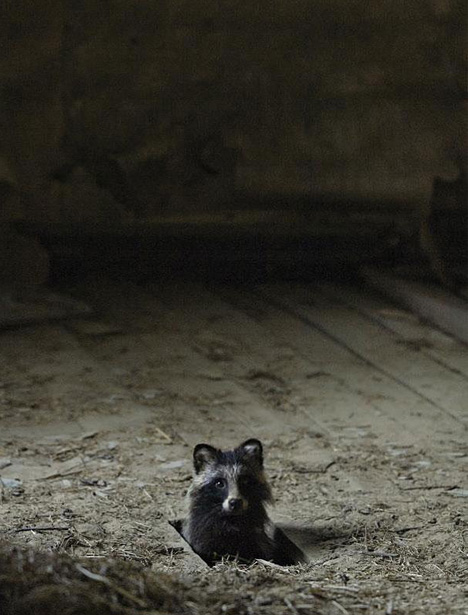















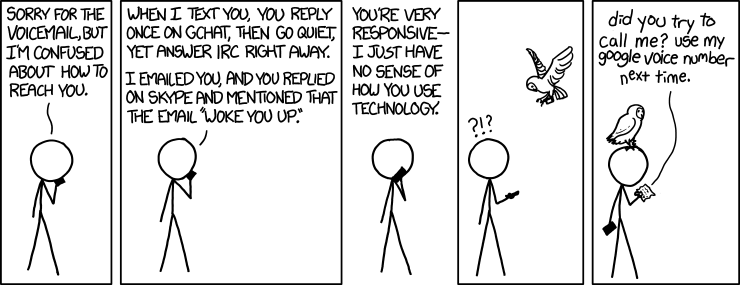
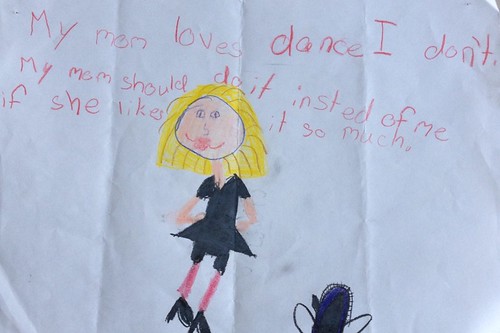



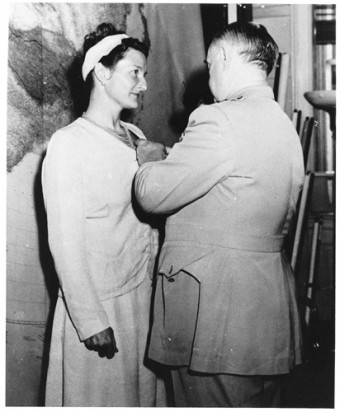

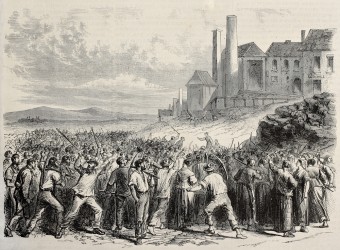
 The White House says Obamacare isn’t a job
killer. But what if it’s not killing jobs so much as pushing
workers into part-time employment? Jed Graham at Investors
Business Daily
The White House says Obamacare isn’t a job
killer. But what if it’s not killing jobs so much as pushing
workers into part-time employment? Jed Graham at Investors
Business Daily 









